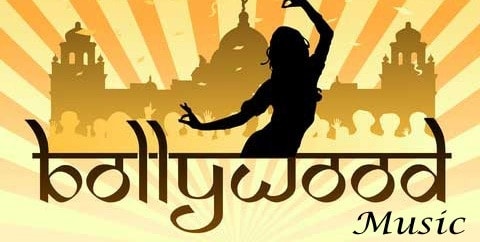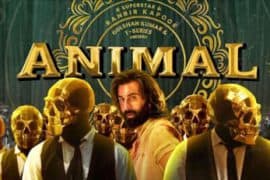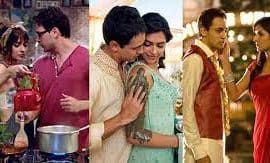We thrive on cinema, and our cinema thrives on its music. The music of any Indian film forms a major part of its promotional campaign, its total revenue collections, and what the audience remembers it by.
Music in the Hindi film industry had a glorious run in the 50’s 60’s and early 70’s where the music, though monotonous, was melodious. Composers like O.P. Naiyyar offset more ‘conventional’ musicians like Madan Mohan. The 80’s and 90’s became the era of mindless action flicks feeding into the audience’s demand for angry young men taking on the bad guys. There was no scope for melody. In the 2000’s, while films saw new themes,the music industry went through a phase of uninspired, jarring, repetitive tunes.
The contemporary Hindi film music scene however, is going through a gradual transformation. In the past few years it has become more inclusive, more experimental, and is producing varied and better music as a result. A few young musicians who are leading this change deserve special mention as they have created a completely new style for themselves,adding very refreshing elements to the concept of ‘film music’. They’re giving us hope and redefining what Bollywood Music means now and can mean in the future.
Amit Trivedi: He came, he saw, he conquered. While his first bollywood project was Amir, Trivedi shot to instant fame with his music compositions for DEV D. He won a national award for it, and then there was no looking back. Although firmly connected to the theme of the movie and the mood of the scene, all his tunes have a certain childlike innocence and simplicity. This, combined with beautiful melody is what distinguishes his music from that of his contemporaries.
Personal Favorite: Lootera Soundtrack
Sneha Khanwalkar: She came into the spotlight through a music show on MTV, SOUND TRIPPIN. An enthusiastic traveler, Khanwalkar likes collecting the sounds of each place she visits on her recorder. These snippets of music (which can be anything ranging from a drum beat to the sound of water droplets on a steel pipe), when mixed with unconventional vocals, make for an extremely interesting album to listen to. Her bollywood ventures include the soundtrack of critically acclaimed films Gangs of Wasseypur (parts 1 and 2). Her music is refreshing in its rustic tunes and earthy vocals. Sneha has been in the news also because she remains one of very few female music directors in the industry. She likes to play that down though. In her own words, ‘Does the gender of the music composer really make a difference to the audience?’
Personal favourite: Womaniya (Gangs of Wasseypur)
Mikey Mcleary: Originally from New Zealand, he has been living and composing music in Mumbai since 2007. Having composed music for a lot of television commercials, Mcleary gained popularity through two albums, Classic Bollywood: Shaken not Stirred (2011), and B Seventy (2013). Both have old bollywood tracks revamped and remixed with heavy influences of jazz, reggae, and cabaret. It is worth mentioning that while the soul or the mood of the mix always matches that of the original, each track has a distinct Mcleary quality about it. Mcleary’s Bollywood fame rests majorly on these revamped versions of old classics, but he has shown real talent in original compositions for films like Nautanki Saala and Shanghai.
Personal Favourites: Tum Jo Mil Gaye Ho (Coke TVC), Mast Kalender (David)
This development in our music industry has been a result of a number of things like receptiveness of the audience to new styles and increased willingness of musicians to take up composing as a profession. Film music being such an irreplaceable part of who we are for so many of us, this can only mean good things.
Sonakshi Agrawal (Gargi College)





Comments are closed.